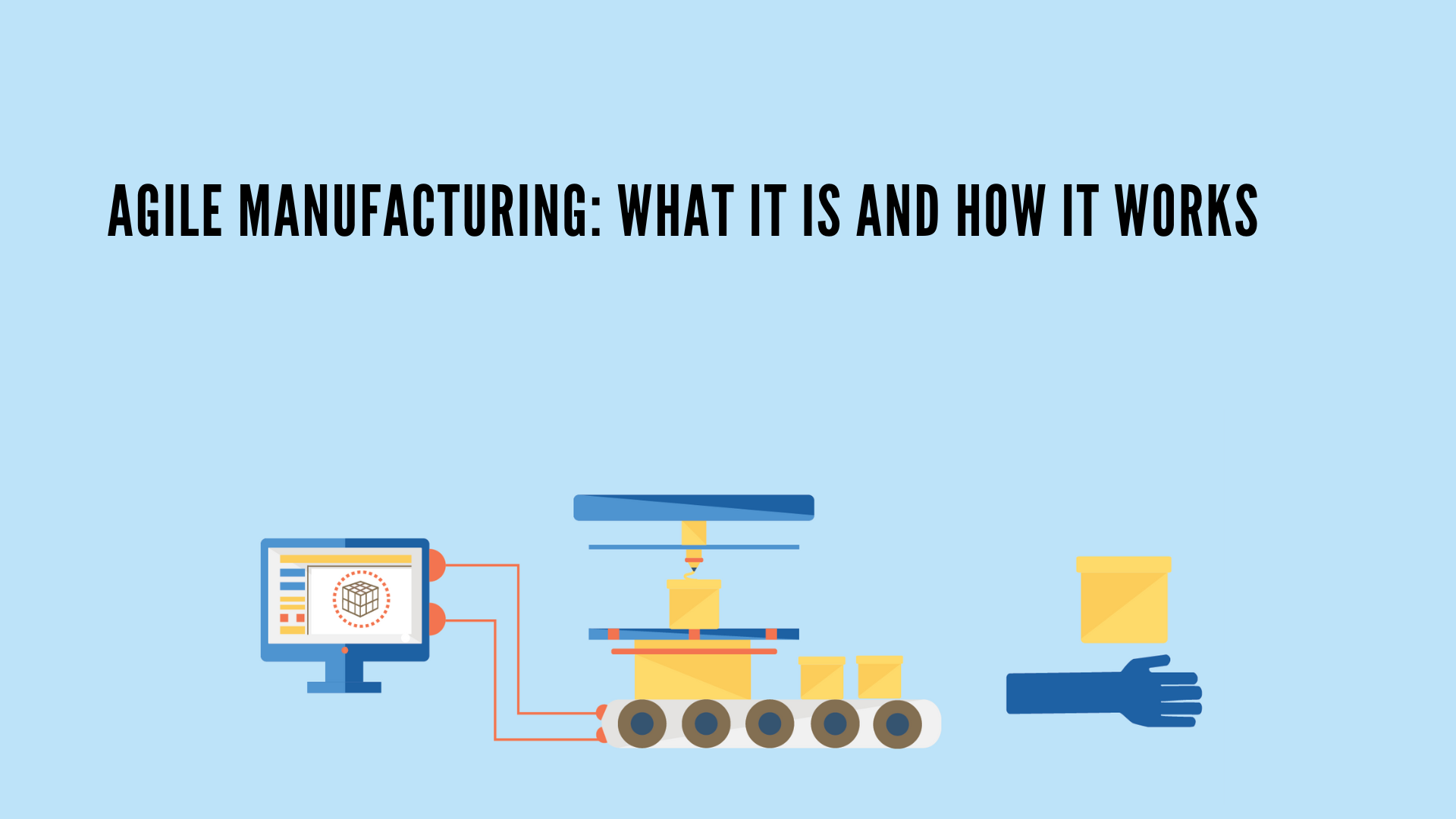In today’s fast-paced and ever-changing market, traditional manufacturing methods often fall short in meeting the dynamic needs of consumers. Enter agile manufacturing—a revolutionary approach designed to make companies more responsive and adaptable. But what exactly is agile manufacturing, and how does it work? Let’s dive into this transformative concept and explore how it can reshape the manufacturing landscape.
What is Agile Manufacturing?
Agile manufacturing is a production methodology focused on creating a flexible and responsive production environment. It aims to rapidly respond to customer demands and market changes by embracing adaptability, innovation, and quick decision-making. Unlike traditional manufacturing systems that prioritize high efficiency and cost minimization, agile manufacturing emphasizes speed, flexibility, and customer-centric production processes.
Key Principles of Agile Manufacturing
Flexibility and Responsiveness: Agile manufacturing systems are designed to adapt quickly to changes in product design, customer preferences, and market conditions. This requires a flexible production process capable of switching between tasks without significant downtime or cost.
Innovation and Continuous Improvement: Continuous improvement and innovation are at the heart of agile manufacturing. Companies are encouraged to consistently seek ways to enhance their processes, products, and services to stay ahead in a competitive market.
Customer-Centric Approach: Agile manufacturing puts the customer at the center of the production process. This means prioritizing the ability to customize products and deliver them quickly to meet specific customer needs.
Collaboration and Empowerment: Agile manufacturing promotes a collaborative culture where employees are empowered to make decisions and contribute ideas. This often involves cross-functional teams working together to solve problems and improve processes.
How Agile Manufacturing Works
To understand how agile manufacturing operates, let’s break down its core components and how they come together to create a responsive and adaptive production environment.
- Modular Production Systems
Agile manufacturing often employs modular production systems, which are composed of interchangeable and reconfigurable modules. This modularity allows for quick adjustments and changes in the production line, facilitating the rapid introduction of new products or modifications to existing ones.
For example, a factory using modular systems can swiftly switch from producing one product to another by reconfiguring the production modules, rather than overhauling the entire production line.
- Advanced Technology Integration
Technology plays a crucial role in enabling agile manufacturing. Here are some key technologies that support agility in production:
Automation and Robotics: Automated systems and robots enhance flexibility by performing repetitive tasks and allowing human workers to focus on more complex and value-added activities.
Internet of Things (IoT): IoT devices collect real-time data from machines and processes, providing insights that help in making informed decisions and optimizing production.
3D Printing: Also known as additive manufacturing, 3D printing allows for rapid prototyping and production of customized parts, reducing lead times and enhancing responsiveness.
Artificial Intelligence (AI) and Machine Learning: AI and machine learning algorithms analyze data to predict demand, optimize production schedules, and identify areas for improvement.
- Lean Manufacturing Practices
Agile manufacturing often incorporates lean principles to eliminate waste and improve efficiency. Lean manufacturing focuses on delivering value to the customer while minimizing resources used. By combining lean practices with agile methodologies, companies can achieve both efficiency and flexibility. - Cross-Functional Teams
Agile manufacturing relies on cross-functional teams that bring together diverse skills and perspectives. These teams are empowered to make decisions and solve problems quickly, fostering a culture of collaboration and innovation. By working closely together, these teams can respond swiftly to changes and continuously improve processes. - Real-Time Data and Analytics
Data is the backbone of agile manufacturing. Real-time data from production processes, supply chains, and customer interactions provide valuable insights that drive decision-making. Analytics tools help manufacturers understand trends, predict demand, and optimize operations, ensuring they can respond effectively to any changes.
Benefits of Agile Manufacturing
Adopting agile manufacturing can offer numerous benefits, including:
Enhanced Responsiveness: Agile manufacturing allows companies to quickly adapt to market changes and customer demands, providing a significant competitive advantage.
Improved Customer Satisfaction: By focusing on the customer and delivering customized products quickly, agile manufacturing can enhance customer satisfaction and loyalty.
Increased Innovation: The emphasis on continuous improvement and innovation encourages the development of new products and processes, helping companies stay ahead of the competition.
Operational Efficiency: While agile manufacturing prioritizes flexibility, it also incorporates lean principles to eliminate waste and improve operational efficiency.
Better Risk Management: The ability to rapidly adjust to changes in demand or supply chain disruptions helps companies manage risks more effectively.
Challenges of Implementing Agile Manufacturing
While agile manufacturing offers significant benefits, implementing it can be challenging. Some of the common hurdles include:
Cultural Change: Transitioning to an agile manufacturing environment requires a cultural shift towards collaboration, empowerment, and continuous improvement, which can be difficult to achieve.
Technology Investment: Adopting advanced technologies like IoT, AI, and robotics requires significant investment in both hardware and software.
Training and Skills Development: Employees need to be trained in new technologies and agile methodologies, which can require substantial time and resources.
Supply Chain Coordination: Agile manufacturing often requires close coordination with suppliers to ensure they can respond as quickly as the manufacturing process itself.
Conclusion
Agile manufacturing is transforming the way companies approach production, offering a pathway to greater flexibility, responsiveness, and customer satisfaction. By embracing the principles of agile manufacturing and leveraging advanced technologies, businesses can not only meet the demands of today’s dynamic market but also position themselves for long-term success.
As industries continue to evolve, agile manufacturing provides a framework for innovation and efficiency, helping companies navigate the complexities of the modern marketplace. If you’re considering a move towards agile manufacturing, now is the time to explore how this approach can revolutionize your operations and drive your business forward.
Explore More:
The Future of Manufacturing: Agile and Lean Combined
How IoT is Shaping Agile Manufacturing
Implementing Agile in Your Manufacturing Process
Do you have any experiences with agile manufacturing? Share your thoughts and insights in the comments below!









